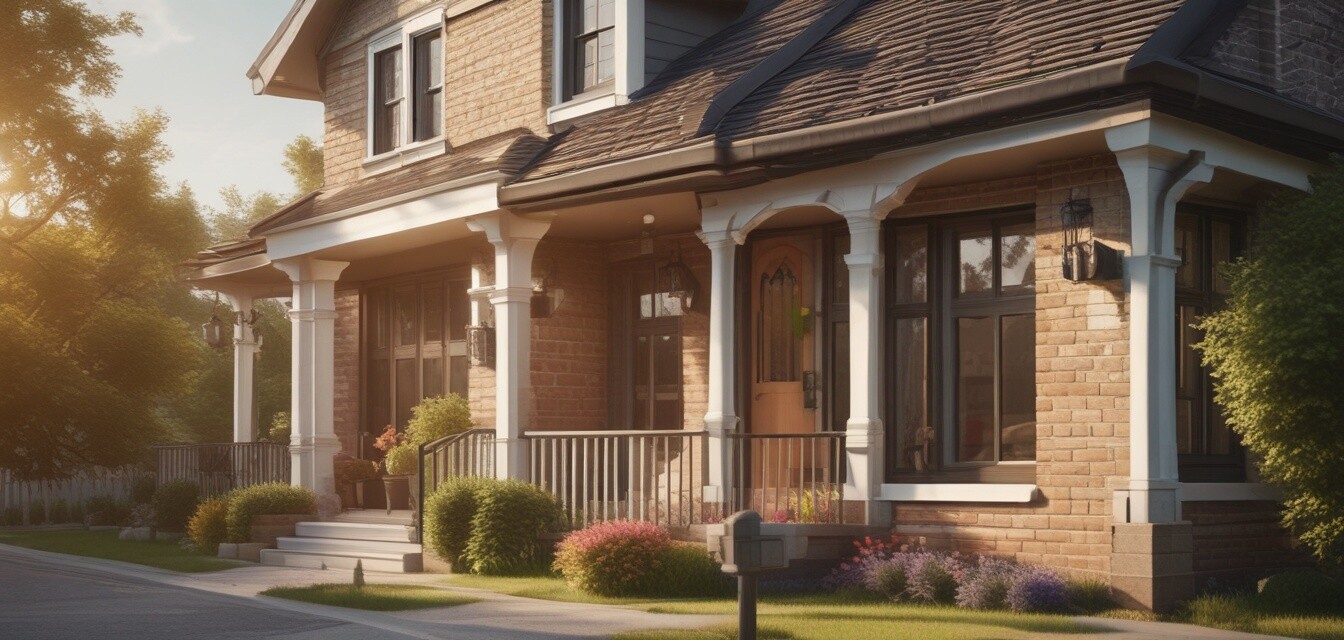
How to Conduct a Home Security Assessment
Understanding your home's security needs is essential in protecting your assets and loved ones. Conducting a thorough home security assessment will help identify vulnerabilities and allow you to implement effective measures. Below are the guidelines for executing a comprehensive assessment of your home's security.
Key Takeaways
- Identify all entry points to your home.
- Evaluate the external lighting and visibility.
- Check existing security systems for their effectiveness.
- Involve your family in the assessment process.
- Stay informed about the latest security solutions and technologies.
Why is a home security assessment important?
A home security assessment is crucial for several reasons:
- Helps in identifying weak spots in your home’s security.
- Ensures that you have adequate protection against potential threats.
- Provides peace of mind knowing your home is secure.
Steps to Conduct a Home Security Assessment
Follow these steps to evaluate your home's security effectively:
1. Identify All Entry Points
Start by listing all entrance points to your home:
| Entry Point | Vulnerability Assessment | Suggested Improvement |
|---|---|---|
| Main Door | Older locks or hinges | Upgrade locks to smart locks |
| Windows | Single-pane glass | Install window security film |
| Back Door | Weak frame | Reinforce with a deadbolt |
| Garage Door | No security system | Install a motion sensor light and alarm |
2. Assess External Lighting
Proper lighting deters potential intruders. Consider these points:
- Check existing outdoor lights and their functionality.
- Ensure walkways are well-lit.
- Install motion-sensor lights around vulnerable areas.
3. Evaluate Current Security Systems
Review your existing home security systems:
- Are the cameras working properly?
- Is there adequate coverage of all entry points?
- Do you have a security alarm system in place? How does it function?
Learn more about the latest security technology trends to enhance your systems!
4. Involve Your Family
Include your family in the assessment process to strengthen security:
- Discuss security duties with older children.
- Have a contingency plan for emergencies.
- Regularly review and practice security measures.
5. Stay Informed
Keep yourself updated on security products to protect your home:
- Regularly read articles on home security buying guides to help you choose systems like wireless security cameras.
- Attend local home security seminars or workshops for hands-on knowledge.
Tips for Effective Home Security
- Invest in smart home technology for enhanced automation.
- Use high-quality locks on all entry doors.
- Utilize window locks and sensors.
Pros of a home security assessment
- Helps identify potential security threats.
- Increases awareness of your home security.
- Allows better budget allocation for safety enhancements.
Cons of a home security assessment
- Can be time-consuming if done thoroughly.
- May require upfront costs for installation of systems.
Conclusion
Conducting a home security assessment is a critical step in ensuring the safety of your home. By following the steps and guidelines mentioned above, you can effectively secure your property. It's essential to continuously adapt and upgrade your security measures to reflect the evolving threats. For more extensive information about securing your home, check out our home safety tips section for additional guidance!
